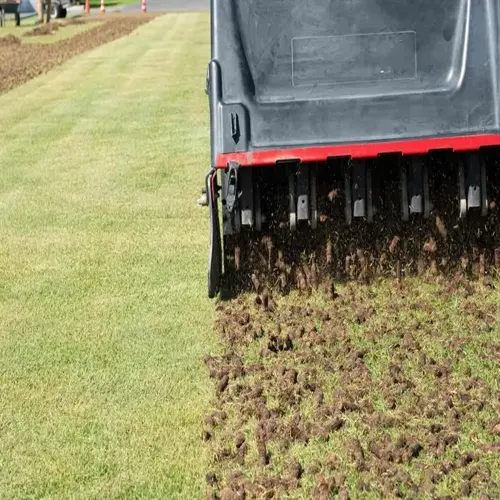Can you use grass clippings as mulch?

Written by
Benjamin Miller
Reviewed by
Prof. Samuel Fitzgerald, Ph.D.Grass clippings present valuable nutrients to fruit trees if they are prepared correctly. Fresh grass clippings pack down and become anaerobic, resulting in a smelly odor. Proper drying and mixing them with carbonaceous material eliminates the potential for this problem. Never use clippings from lawns that have been treated with herbicides or pesticides. Your trees will not receive any contaminated materials and will receive nitrogen and potassium.
Preparation Steps
- Spread clippings thin for 2-day sun drying
- Mix 1:1 with shredded leaves or straw
- Turn piles daily during curing
- Test chemical residues if unsure of source
Orchard Application
- Apply maximum 1-inch layers
- Cover with wood chips for stability
- Keep 8 inches from tree trunks
- Reapply monthly during growing season
Material Restrictions
- Never use clippings from herbicide-treated lawns
- Avoid grass with seed heads
- Exclude clippings from diseased turf
- Limit to 25% of total mulch volume
Ensure to dry properly before applying. Spread the clippings under the sunlight in a thin layer. Turn them every 12 hours for uniform desiccation. This prevents the gluing together of fibers and the creation of an undesirable odour. When desiccated, they appear friable and golden brown, showing that they are ready for use. Thus, your orchard is supplied with a safe, nutritious mulching substance.
Ensure nitrogen balance with carbon mixtures. Mix grass clippings with shredded leaves or straw at a 1:1 ratio. The carbon absorbs excess nitrogen and prevents it from accumulating in the soil. Lay this mix down under wood chips for stability. This prevents yellowing leaves on trees due to temporary nutrient lockup.
Use thin layers to prevent smothering. Grass mulch should be retained to a depth not to exceed 1 inch. Applications should be made at least 8 inches from tree trunks. A heavier mulch of wood chips should be used to anchor the material in place. This will permit aeration of the roots and prevent matting.
Stay away from contaminated sources at all costs. Grass clippings taken from chemically treated lawns still contain herbicide and pesticide residues, even if dried out. This can harm the roots of fruit trees; only source clippings from organic lawns instead. You can keep your trees productive without exposing them to these toxins.
During usage, monitor decomposition rates. Grass mulch breaks down quickly than woodchip mulch. Check depth every 3 weeks during warm periods. Add shallow top-ups when the mulch layer compresses to less than half an inch. This helps to maintain the beneficial effects and prevents anaerobic conditions from developing.
Read the full article: Mulching Fruit Trees: Ultimate Guide

